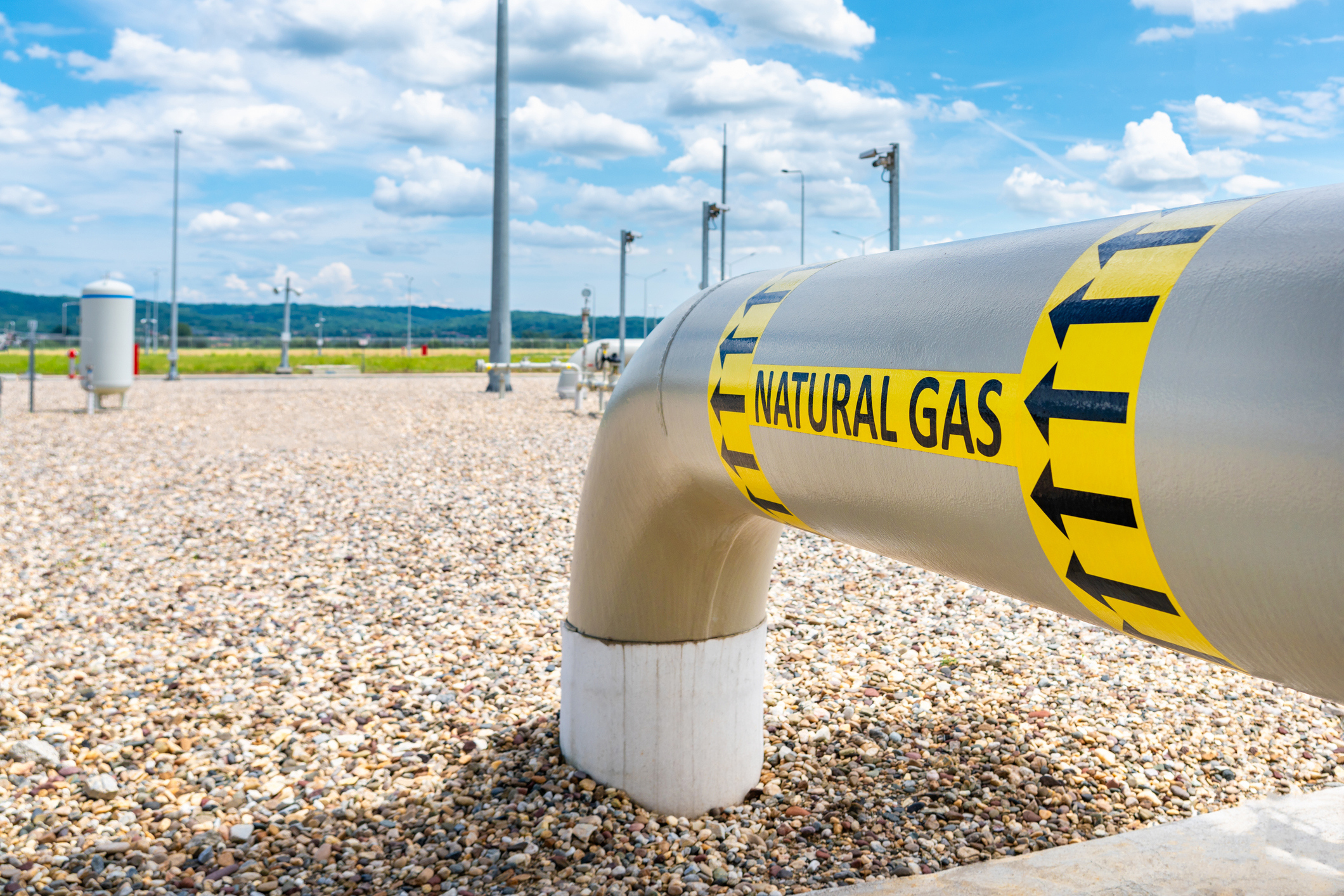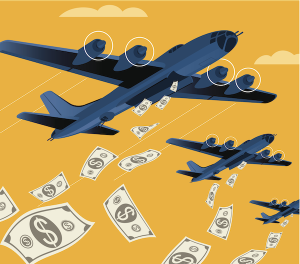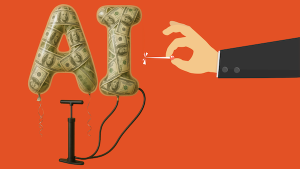A new INET Working Paper by Yaroslav Melekh, James Dixon, Katrina Salmon, and Michael Grubb, interrogates the contradictions between fossil lock-in through LNG import capacity and overcontracting, and policy-driven demand reduction. Here is a summary of the paper’s main findings.
Europe’s natural gas sector in the 2020s is defined by extremes and contradictions. On one hand, the EU has set aggressive decarbonisation goals – from the Fit-for-55 package and REPowerEU to the new Clean Industrial Deal – all aiming to slash fossil gas use. Nearly three years after Russia’s invasion of Ukraine catalysed a historic disruption in gas supply chains, the EU finds itself with more gas infrastructure than it knows what to do with—and a decarbonisation strategy whose delivery increasingly appears aspirational.
The contradictions embedded in Europe’s energy policy have only sharpened. The bloc’s political rhetoric remains aligned with halving gas demand by 2030, yet its investments and exposure to global liquefied natural gas (LNG) markets suggest otherwise. The political rhetoric of the transition emphasises the high cost of gas, when the consequence of a successful transition would be to deepen and extend a likely period of lower gas prices.
The REPowerEU package, announced at the peak of the crisis in 2022, promised nothing short of structural transformation: energy independence from Russian gas, an accelerated rollout of renewables, and a 52% cut in gas demand relative to 2019 levels. The EU’s initial performance was impressive. By 2024, gas use was 20% below 2021 levels, a drop driven partly by record renewable deployment and heat pump sales (3 million in 2022), but also by painful industrial curtailment. But sustaining that trajectory requires more than emergency power and resource mobilization. It demands systemic transformation across sectors, member states, and infrastructures—precisely where implementation is now faltering.
Over EUR 650 billion has been mobilised to speed renewables and efficiency, with plans for 60 million heat pumps by 2030. Yet in parallel, Europe responded to the Russian gas cutoff by pouring investment into at least 70 billion cubic meters (bcm) of LNG import terminals capacity and gas infrastructure – “building infrastructure to deliver more of precisely what it has committed to phasing out”. These investments averted a supply collapse – Europe stabilized LNG inflows by early 2023 and gas prices retreated to pre-war levels around EUR 35–50/Megawatt Hours (MWh) (though yet above the pre-Covid levels). Dozens of additional floating storage and regasification units (FSRUs) and new import terminals were chartered or planned at the height of the crisis. Yet, with falling gas demand, the super-ambitious investment pipeline plans are being curtailed - seven of the proposed terminal projects have now been suspended or cancelled by early 2025. The contradiction is increasingly visible: Europe met its gas savings goals partly as the price shock drove away heavy industry that it wants to attract back; and it secured supply by adding infrastructure that could become stranded assets if climate targets hold.
Meanwhile, Europe’s decarbonisation agenda has been engulfed by geopolitical and economic headwinds. Heat pump sales fell from their 2022 peak of 3 million units to 2.2 million in 2024, strained by supply chains and high upfront costs; the EU remains far off its goal of deploying 60 million units by 2030. Green hydrogen, a flagship component of REPowerEU, faces cost, infrastructure, and coordination constraints that render the 20 Mt 2030 target implausible. Biomethane production, though more mature, is geographically uneven and feedstock-limited. These constraints have coincided with a resurgence in fiscal conservatism, weakening policy cohesion and triggering pushback in countries like Germany, where voter opposition to mandated capital-intensive electrification is rising.
Given the new context, the policy narrative is pivoting to energy security as the new organising principle. The February 2025 Clean Industrial Deal, shaped by the Draghi report’s call for ‘strategic autonomy’, seeks to anchor decarbonisation in industrial competitiveness, with a component being electrification. Yet in the current market design, fossil fuels still largely set power prices, even as their share of electricity generation falls below 50%. The Draghi report called for restructuring the electricity market to enable industry to access renewables directly, but the Clean Industrial Deal has deferred to fiscal solutions and hedging through long-term Power Purchase Agreements (PPA)s.
In which case, the logic of industrial competitiveness runs into gas realities – Europe’s preference for spot-based LNG contracts, framed as a hedge against fossil lock-in, inadvertently ties its energy system to global volatility. Large swatches of European energy bills will be tied to the modest sliver driven by global LNG markets. Barring new geopolitical shocks, gas prices seem likely to slide for a few years, but industry needs to invest for the long term, and even a modest uptick in European demand could tighten global LNG markets and trigger another cycle of price turbulence. The paradox is stark: decarbonisation is the logical path to energy security and price stability, yet under current conditions, falling prices undermine the very transition the EU depends on.
Geopolitics only complicates matters. Russia, once the EU’s largest pipeline supplier, is now politically toxic, and pipeline infrastructure sabotage is another long-term barrier. The US has become a dominant LNG source, but the return of Donald Trump has revived concerns about its once strategic reliability. Trump’s transactional view of trade—evident in past tariff threats and explicit pressure to buy US gas—adds layers of vulnerability, along with the high greenhouse intensity of US LNG. Qatar, the EU’s other LNG supplier, insists on long-term take-or-pay contracts that clash with Europe’s decarbonisation timelines and raise stranded asset risks: why would industry take on long-term contracts if they contradict stated European goals?
Europe’s gas diplomacy must navigate these dilemmas. If Europe falls short of its gas reduction goals, it will tighten the global market and heighten price spikes. Conversely, delivering those goals will require sustaining the low carbon transition, potentially through a trough of lower gas prices and in the teeth of internal and external political pressure, partly due to having contracted more gas infrastructure and import volume than it needs – an oversupply cushioned only by the resale options in flexible U.S. contracts.
In either case, geopolitics and contracts now weigh heavily on EU energy security. The bloc must balance price levels & stability, supplier reliability, and GHG/methane emissions compliance – a trilemma that no single provider perfectly meets. This is driving calls for a more coordinated EU strategy: for example, enforcing methane standards on imports post-2026, and using the EU’s joint purchasing platform to negotiate terms that align with climate goals while securing supply. Europe’s new gas era thus demands delicate trade-offs: Qatar’s low-carbon but rigid volumes, versus America’s flexible but politically fraught and high-emissions gas. All the while, Russia looms only as a cautionary tale – a reminder of the geopolitical cost of energy dependence that Europe is determined not to repeat.
What then are the options?
First, structural change. EU industrial emissions have declined, but mainly through contraction, not decarbonisation. Policies must distinguish between genuine efficiency gains and the offshoring of pollution. A green industrial revival requires long-term energy clarity and an international view on supply chain emissions, not just domestic carbon targets, along with strategic bets on infrastructure – transmission, storage, and demand flexibility.
Second, end-use transformation. Decarbonisation of buildings must accelerate, combining retrofits, district heating, and targeted electrification. But policy design matters: abrupt mandates without social support will backfire. The tax wedge between electricity and gas, often driven by legacy levies – the most extreme perversity being in the UK – must be reversed to realign incentives, especially towards heat pumps.
Third, technology realism. Hydrogen and biomethane cannot plug the gap in the 2020s, but transitional strategies such as CCS retrofits for blue hydrogen from natural gas may offer interim options and help escape the chicken-and-egg trap of needing to coordinate green hydrogen production with markets, delivery and business infrastructure. Methane leakage must be measured and priced across the supply chain, with CBAM-style accountability for all gas imports. If LNG demand persists, the EU needs some pivot back towards modest levels of cleaner long-term contracts (such as Qatari gas) over high-emission, high-volatility sources.






